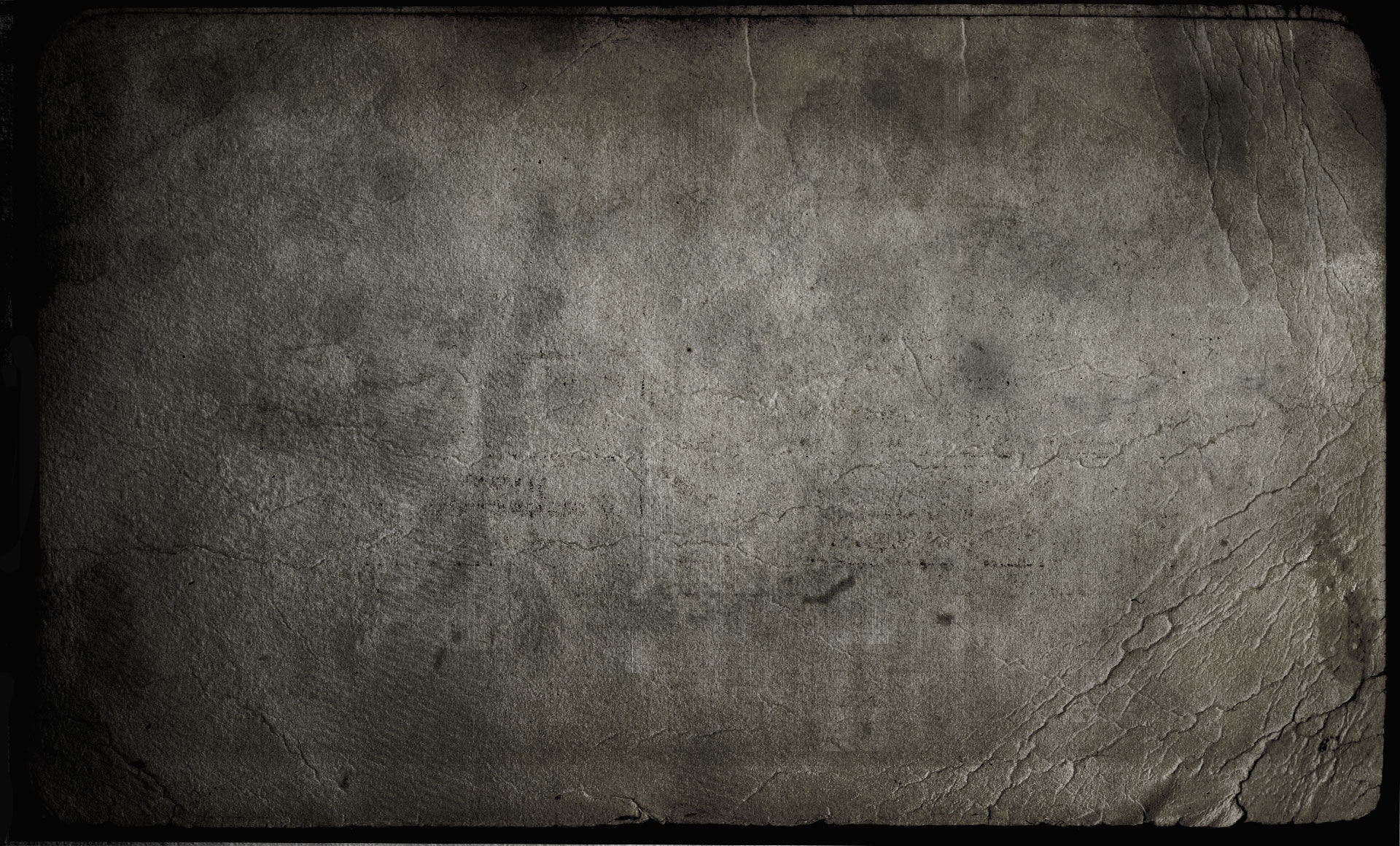Spyra Dunst (2018)
- Sylvain Lupari

- Nov 14, 2018
- 4 min read
Updated: Nov 12, 2023
“A true feast for the ears, Spyra has just raised the art of EM at a very high level with Dunst”

1 Trias 12:10
2 Dunst 10:32
3 Frozen Fountain 9:28
4 Altekunst 12:47
5 Staub Part II 10:59
6 Tangible 15:36
(CD 71:41) (V.F.)
(Sequencer-based Berlin School)
It's by waves coming from the sonic West that Trias sets up the rhythmic parameters of DUNST. Propelled by a surge of intensity from the metallic woosh and waash, this ambient and dreamlike opening switches for a polyphase rhythm that is fed with jerks. A mesh of percussions, percussive effects and lines of sequences with hues as diversified as their rhythmic direction are grafted to these multiple spasmodic breaks while above, a wave wobbles and sings alone. These multiple lines of sequences and pinches of percussions flirt with a fusion between a technoid approach a la Spyra and a heavy sedentary electronic rock fed by a plethora of sound effects that respect the infinite borders of synths and of these making sounds machines. And if a less intense phase comes up, it's to create a kind of breakdance with an armada of percussive effects and percussions which are doing dancing tap before the rich sound fauna reinstates its jewelry, including sequences a bit organic. Trias paves the way to the other 5 structures whose musical and sound promiscuities open our ears to a fascinating universe that can only belong to Wolfram der Spyra. It took almost four years for the Eschwege musician to reopen Staub's borders. And this time, Spyra attacks our hearing with a striking album built on rhythmic crossroads where sequences and electronic percussions fill a universe that would be as obscure as Staub's. The title track begins a little on the premise of Trias, except that the rhythm that feeds most of its 10 minutes is eyeing a more technoid approach with muffled pulsations that plasticize a leaping dance approach. Jerking and jumping like kicks of horses attacked by a wasp's nest, the sequences remain vivacious and incisive. The synth pads invade this more rebellious structure and when DUNST touches an ambiospherical phase, the electronic percussions modeled on Mojave Plan (Tangerine Dream's White Eagle album) and Metal on Metal (Kraftwerk's TEE) redirects the pace into a lighter phase.
Frozen Fountain opens with a music sculpted in the anesthetic scents of Klaus Schulze's Mirage. Mirroring like limpid drops in a crystal universe, these drops of rhythm forge a stationary cadence that displays the colors of Spyra with a complex approach that combines lightness and intensity in the tones and permutations of the phases. Light, since chords flutter like chimes related to the frivolity of sonic snowflakes. Intense, because other chords are waltzing with a graver reflect while espousing the light step of those more limpid arpeggios. Another line of sequences rises without stopping, and without reaching its point of explosion, giving a magnetic resonance pattern to the spheroidal ballet of Frozen Fountain. While streaks shear the sound ceiling, other more vivid sequences, dancing like scissors on a silvery hair, give another dimension to these sequencer movements that shimmer and twirl in slightly swirling breezes. The jingles, as well as the softer passages, got hypnotizing me and tied me to my earphones. This is the kind of title that can be played in a loop while there is always an element of charm that emerges from nowhere. And especially that Altekunst adopts this scheme, but in a more ethereal approach. At least its opening, since its 2nd part offers a keen and heavier structure. It's a fluid upward movement from the sequencer that gives this rhythmical momentum a little after the 5 minutes bar. A very Berlin School movement that awakens a pool of more aggressive sequences in their tonal colors. These tones shimmer between resonant and organic colors, while the percussions nourish the greed of saccades that rediscover a new decor with good sound effects. Staub Part II shows all the differences between Staub and DUNST. The violence in the tones as well as the distorted gurgles which are distortion diffusers guide the drifting layers and the rhythm towards a heavy and seductive approach of Berlin School surrounded by sounding butterflies that flutter with their radiant colors. After an opening full of sibylline breezes, Tangible offers a heavy but lively sequencer movement that plays with its nuances and phase changes in a setting where the spectral harmonies offer themselves a feast of sequences that oscillate breathlessly. Disrupted by short phases of ambient elements, the rhythm plays with its impulses to feign strength and delicacy in a sound context sometimes noisy.
A feast for the ears, DUNST offers an EM built on unthinkable routes of rhythms forged by the multiple facets of a sequencer, and its innumerable mathematical probabilities, and electronic percussion. In fact, Spyra has just raised the art of EM at a very high level. In my mind, this is where a progressive vision of EM should be now. Despite the chaos of these polyrhythmic structures, a perfume of musicality emanates from the 72 minutes of this excellent album. What I retain the most is the color of its sequences whose tints radiate and rage in patterns where the lack of cohesion suddenly becomes synonymous with synchronicity. I speak very little of the atmospheres ... Swept by a stormy sequencer and electronic percussions, they are consistent of the levels reached in Staub. Which is not nothing, too! In the end, here is an excellent album that can order a few listens, but this patience will be rewarded in 1000 ways!
Sylvain Lupari (November 14th, 2018) *****
Available at Groove




Comments